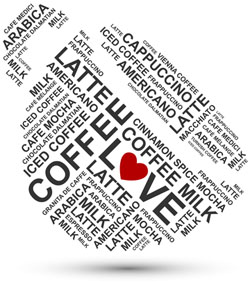When something is designed right, people don’t really notice the reasons why. The success of the printed product is manifested in increased consumer awareness or product sales. One tried and true method of promoting a business or product is the brochure.
Brochures are a great and very effective way to get your message out. They can be produced using desktop publishing software and a photo-editing program. Most graphic design firms offer many, many types so finding one that suits your needs and desires should be easy, or do it yourself.

Before starting on a project to produce any form of marketing material, first determine your audience. What are you trying to accomplish? Promote your company, sell a new product, recruit new hires or offer a service? There are many more reasons so write all of them down and determine the most important.
Gather content—text, photos, illustrations—and begin the brochure design.
This type of marketing material relies very heavily on text so picking the right combination of typesetting tools is essential for both esoteric and readability reasons.
There are thousands of fonts to choose. You will need three basic ones—for the main text, the headlines or titles and the photo captions. Rule number one is don’t use dozens of fonts just because you can.
The brochure should be inviting and easy to read. If you choose fancy, hard to read fonts like many of the script fonts, no one is going to make the effort to read what you have to say.
Pick a font that is easy to read for the main text—usually a serif font, meaning one that has little edges at the end of each letter. Studies have shown these types of fonts are easier to read and most books, magazines and newspapers will use Times New Roman, Garamond or a similar font.
Another rule: leave the kerning and leading at the default. These terms refer to the space between letters or characters (kerning) and the distance between lines of type (leading) for the brochure.
Software programs apply default settings for each font and size. If you know what you are doing, you can adjust these slightly but be careful to not crowd the text. I have seen layouts where in order to fit another paragraph on the page, the designer changes the kerning to make the words fit. It is noticeable and will detract from your purpose. If the text won’t fit, re-write it.

In typesetting, avoid centering large blocks of text. English is read from left to right and when big chunks of type are centered, it is jarring to the eye and makes it hard to read.
Some brochures use justified type, where the text is squared up with the words aligned on both the left and right margins. This works sometimes but is not always very ascetically pleasing. It is best left to use on small blocks of text like the captions.
Layout rules are sometimes meant to be broken. Applying the same layouts to all print products would be boring but remember that some of the typesetting rules are necessary if you want to create a successful product.
– Artwork Abode




